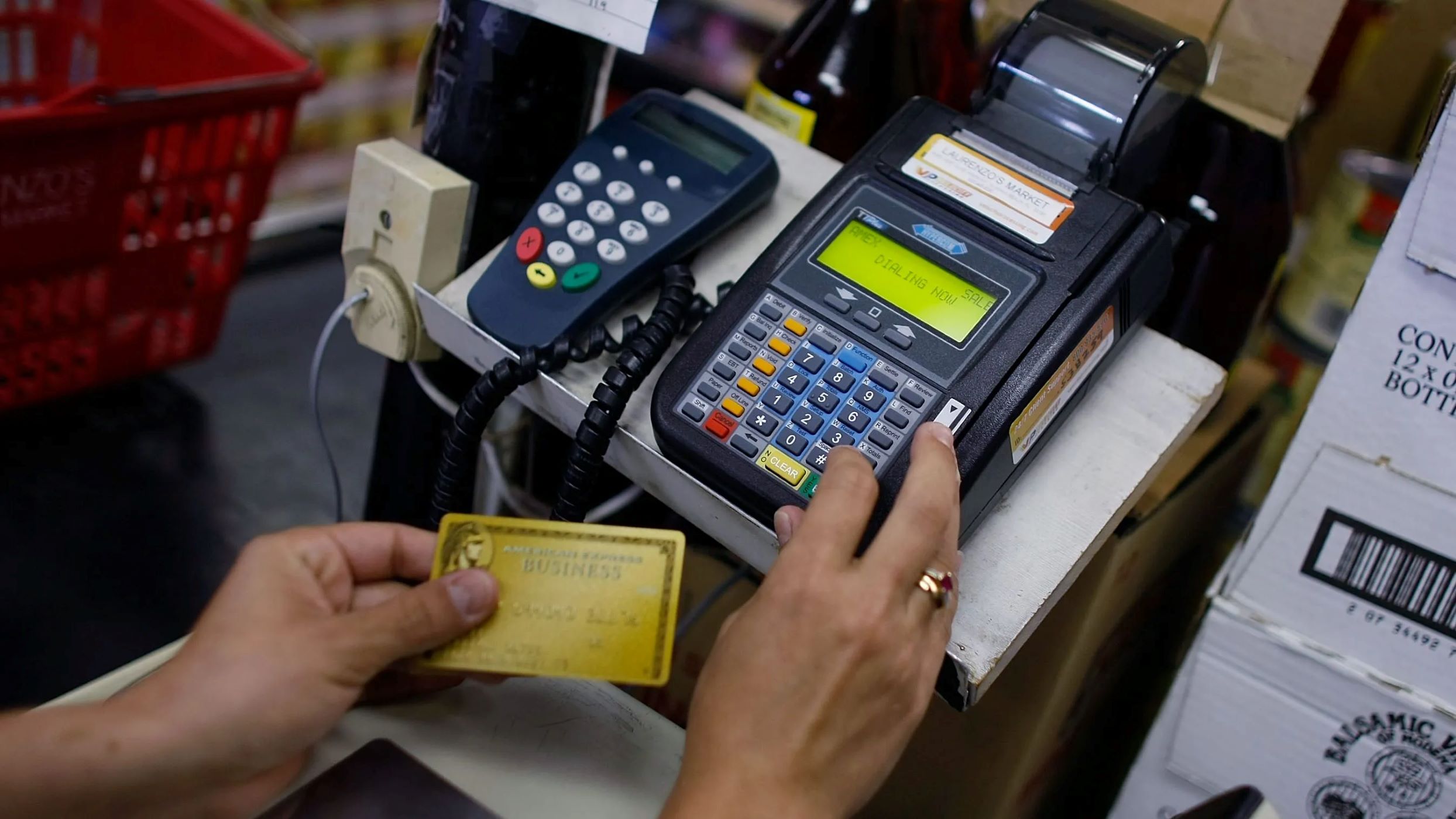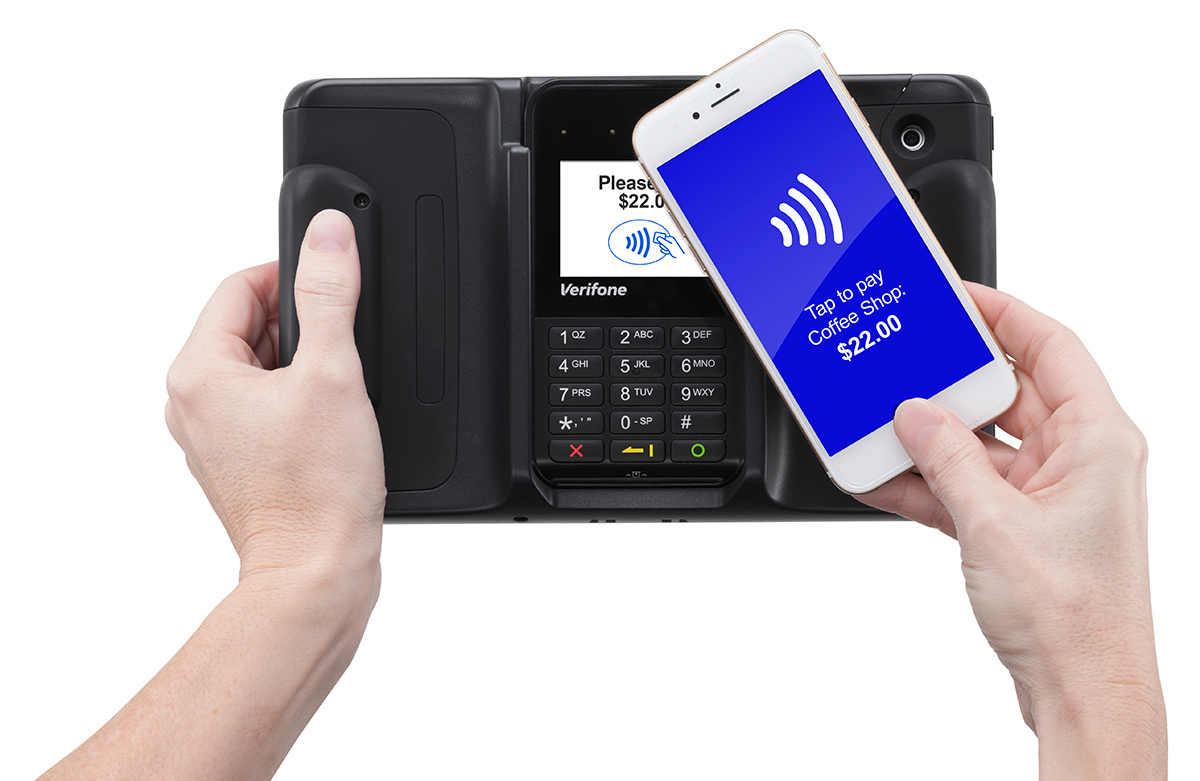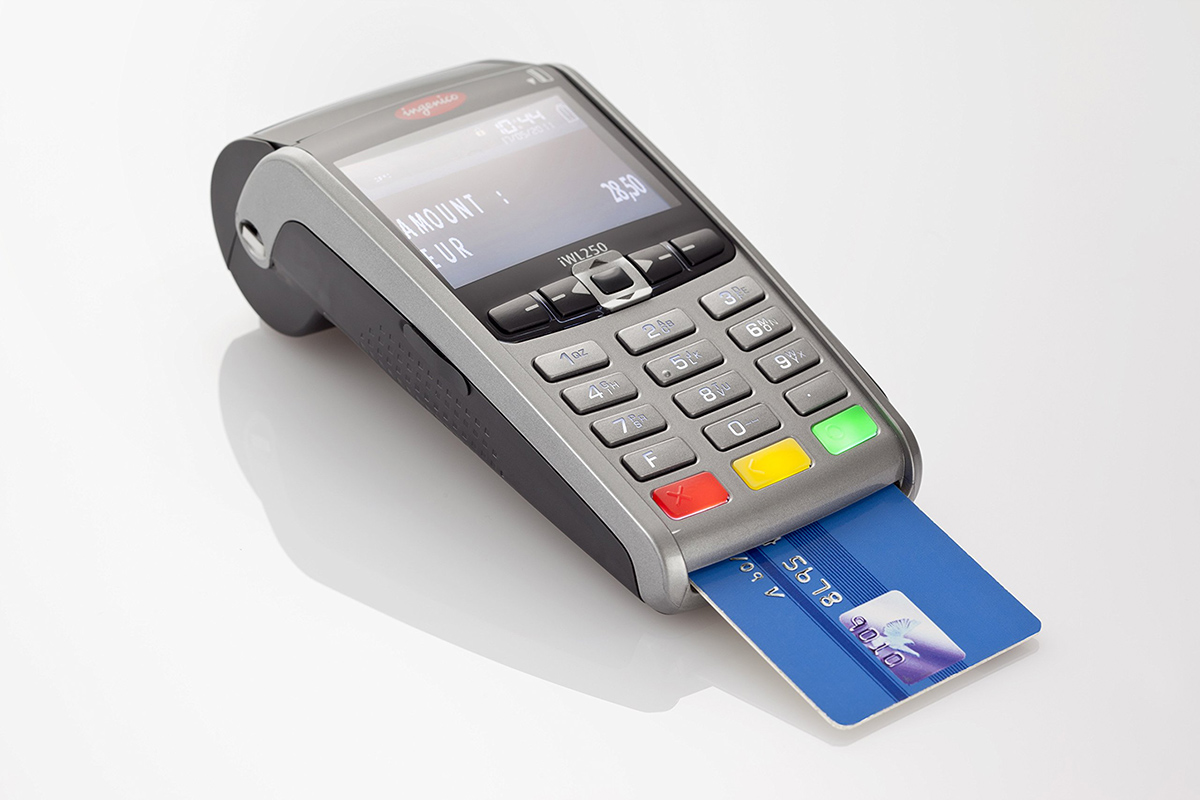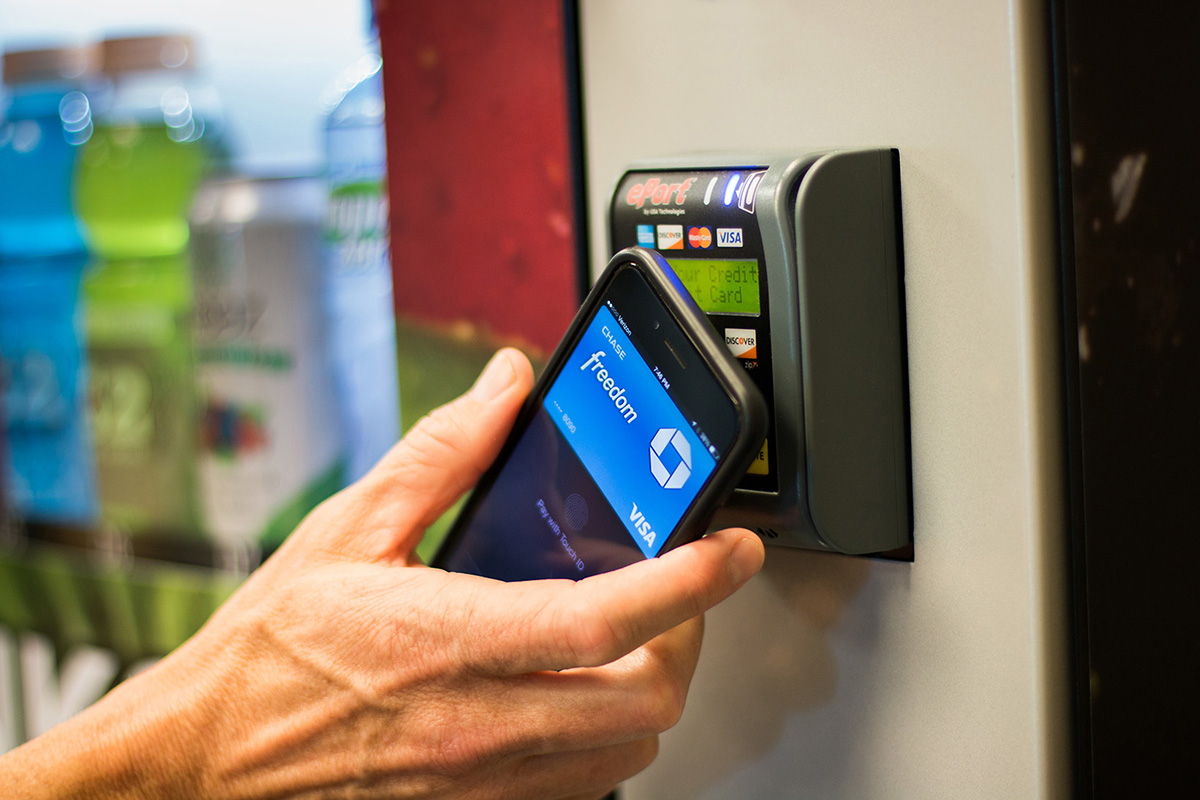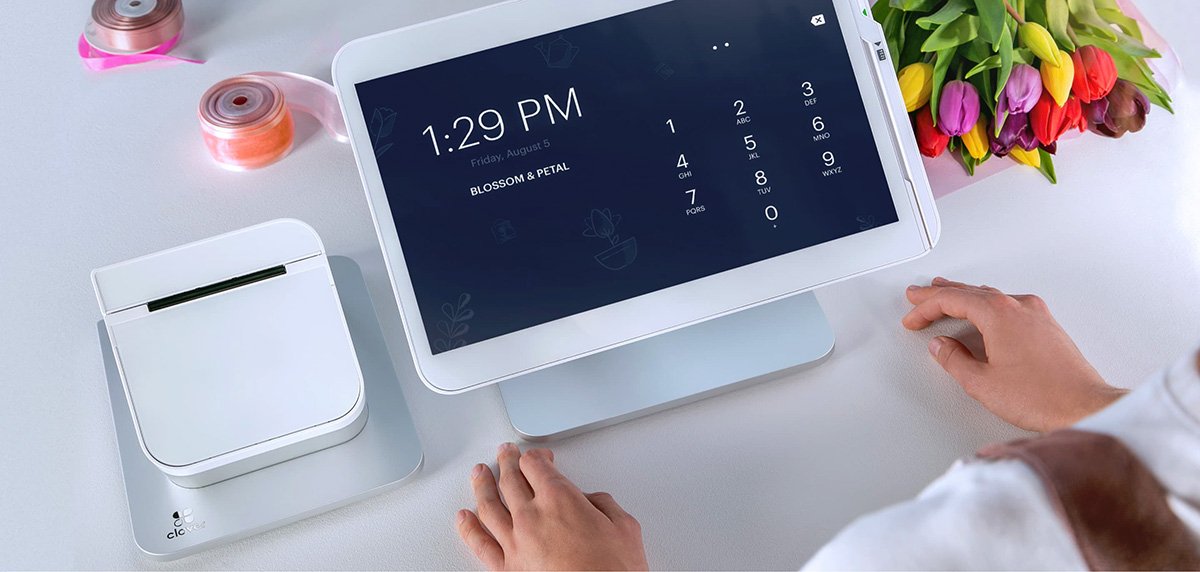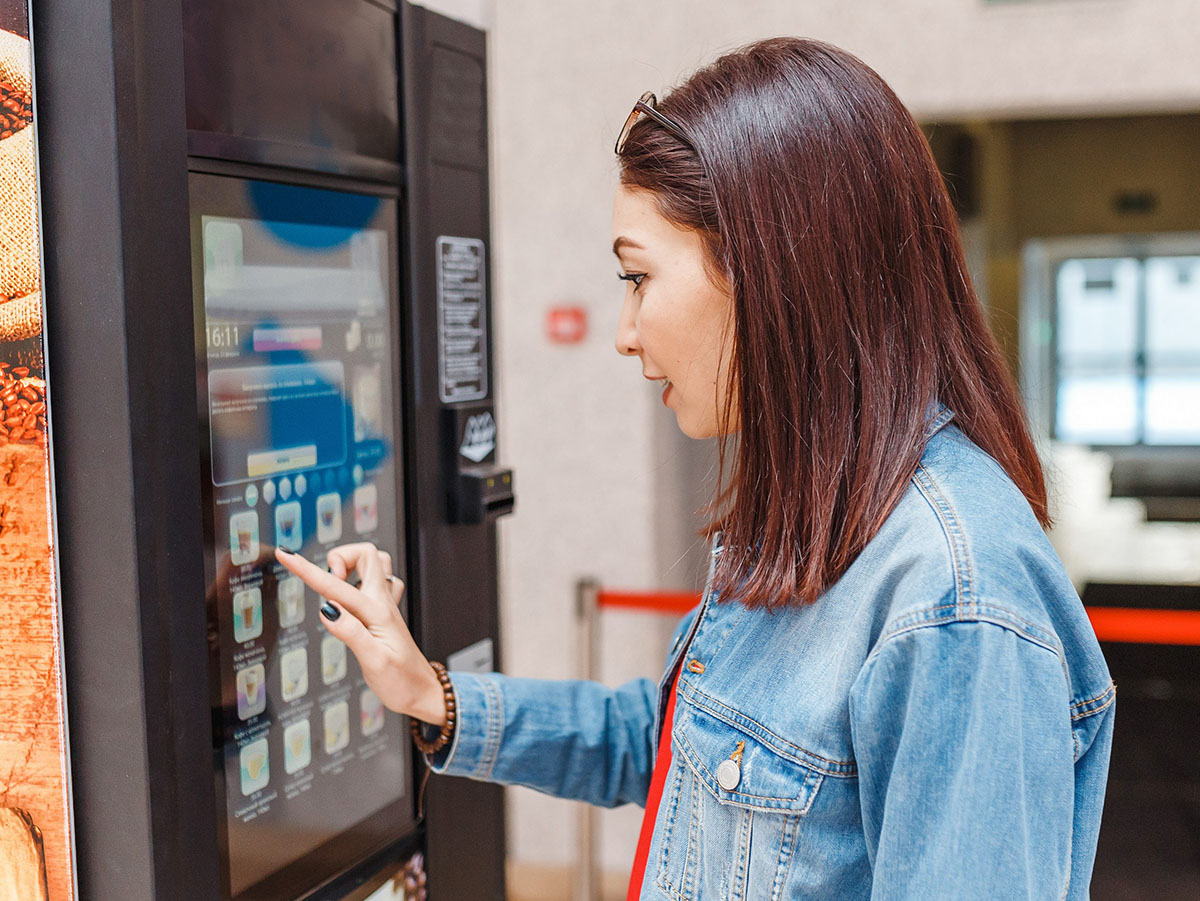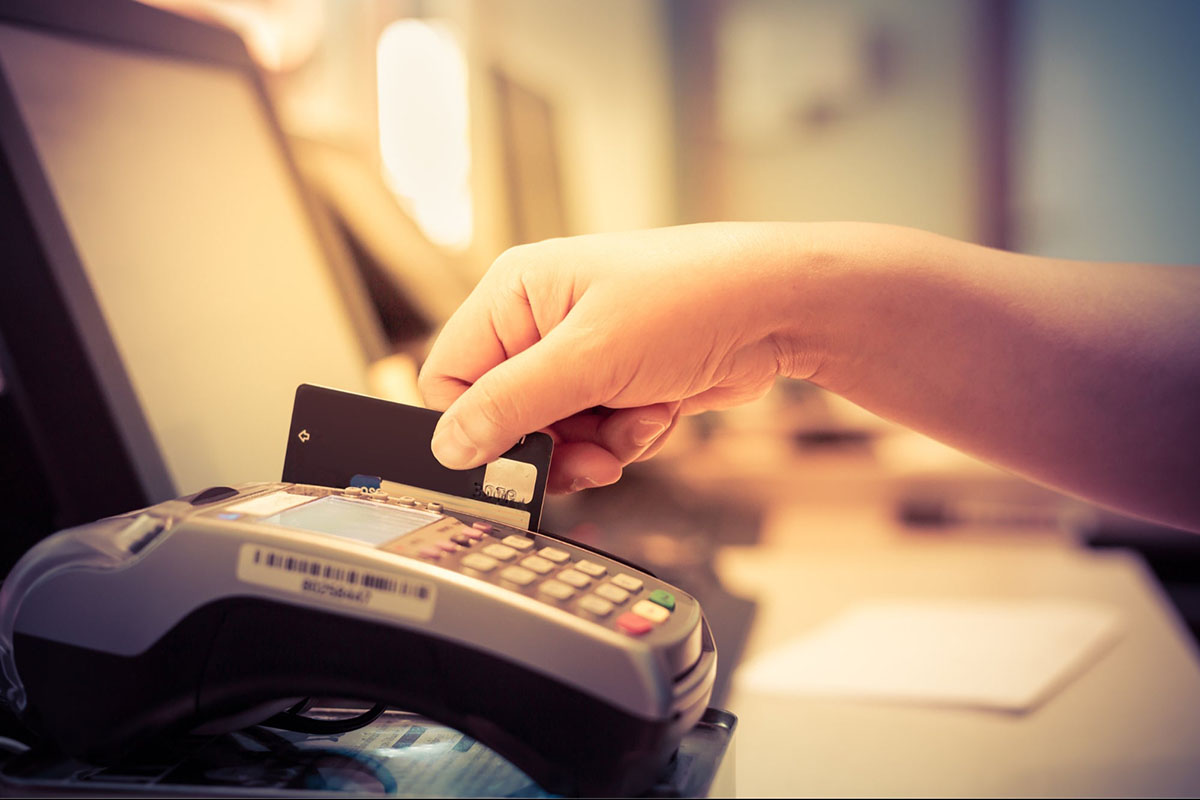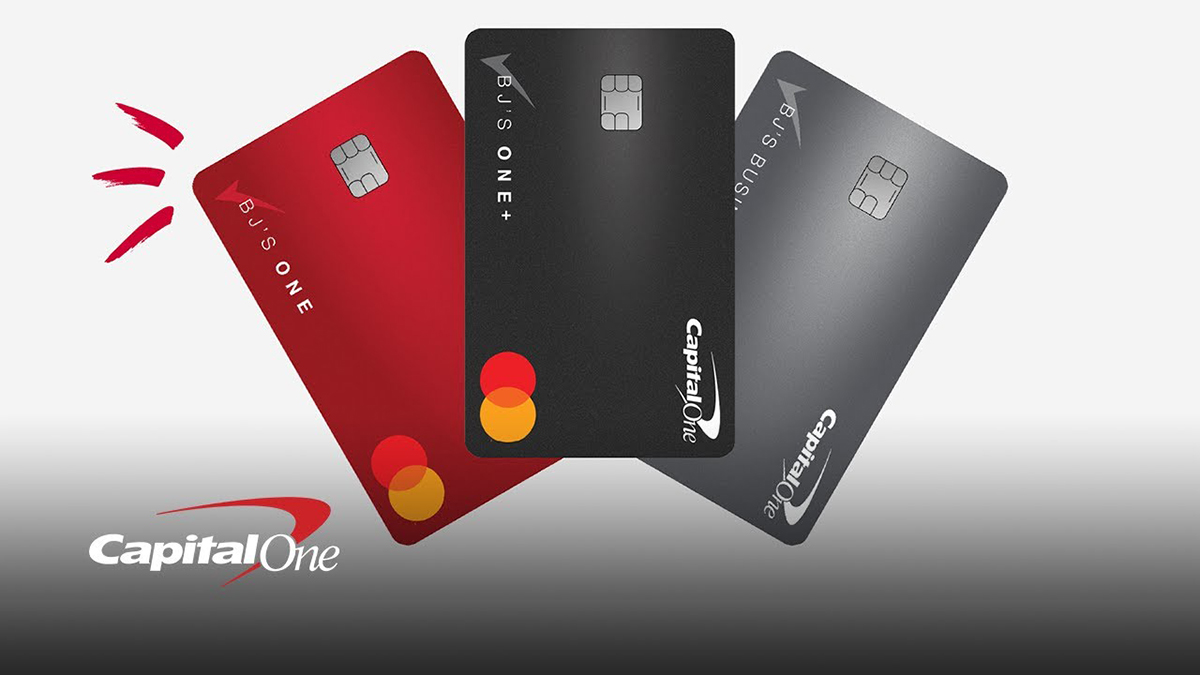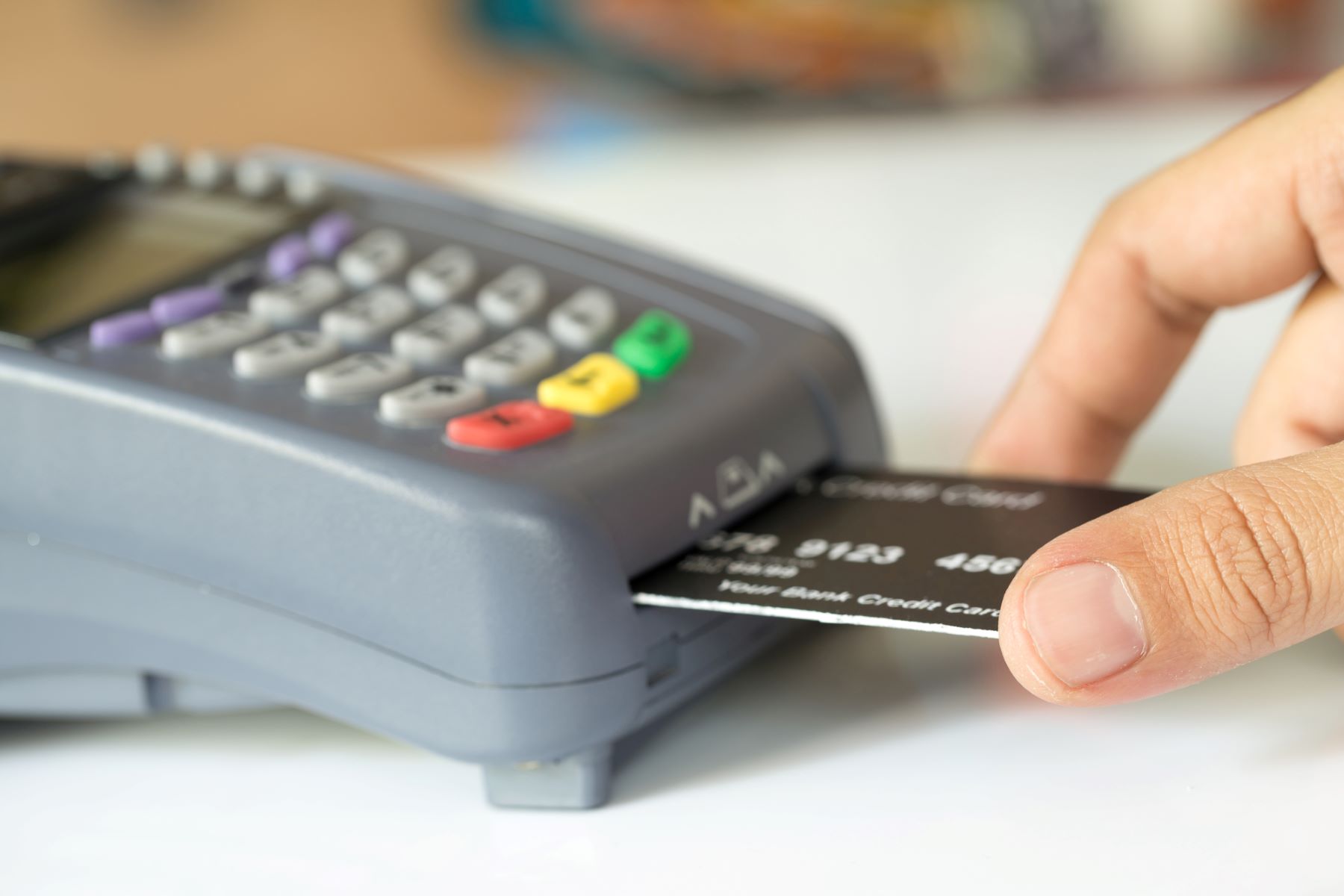

Finance
How To Reset Credit Card Machine
Modified: December 30, 2023
Looking for a quick and easy way to reset your credit card machine? Our helpful finance guide will show you step-by-step instructions.
(Many of the links in this article redirect to a specific reviewed product. Your purchase of these products through affiliate links helps to generate commission for LiveWell, at no extra cost. Learn more)
Table of Contents
Introduction
Welcome to the world of credit card machines! These compact devices have become an essential tool for businesses of all sizes to process customer payments conveniently and securely. However, just like any electronic device, credit card machines may encounter glitches or errors that require a reset. In this article, we will explore the world of credit card machine resets, understand the reasons behind them, and provide you with a step-by-step guide on how to perform a reset effectively.
Whether you’re a business owner or an employee tasked with managing the credit card machine, it’s crucial to have a basic understanding of the resetting process. Resetting a credit card machine can often resolve software issues, connectivity problems, or incorrect settings that may hinder the machine’s performance.
Nowadays, credit card machines come in various forms, including traditional countertop terminals, mobile card readers, and even virtual terminals for online payments. Regardless of the type of credit card machine you’re using, they all operate on software systems that may occasionally need a reset.
Performing a reset on your credit card machine can be a straightforward process once you understand the steps involved. However, it’s important to note that resetting a credit card machine should be a last resort after exhausting other troubleshooting methods. In some cases, contacting the machine’s service provider or technical support may be necessary before attempting a reset.
In the following sections, we will discuss the reasons behind resetting a credit card machine, the steps to prepare for a reset, the procedures for resetting, and common troubleshooting issues that may arise during the process. So, let’s dive deeper into the world of credit card machine resets and equip you with the knowledge to tackle any resetting challenge that comes your way!
Understanding Credit Card Machine Resets
Before we delve into the process of resetting a credit card machine, let’s take a moment to understand what exactly a reset entails. A credit card machine reset refers to the procedure of restoring the machine’s software to its original state, clearing any temporary data or settings that may be causing issues to its functionality.
There are two main types of resets that can be performed on a credit card machine:
- Soft Reset: Also known as a warm reset, a soft reset involves restarting the credit card machine without losing any stored transaction data. This type of reset is useful for resolving minor software glitches or connectivity issues.
- Hard Reset: A hard reset, also called a cold reset or factory reset, wipes all data and settings on the credit card machine, returning it to its original factory state. This type of reset is typically performed when all other troubleshooting methods have failed, and there is a need to start fresh.
It’s important to note that performing a hard reset should be approached with caution, as it will erase all transaction history and customized settings on the machine. Therefore, it’s crucial to back up any important data or consult the machine’s manual or technical support before proceeding with a hard reset.
Credit card machine resets are often necessary to resolve a wide range of issues, including:
- Software glitches or freezing: Over time, the software on a credit card machine may encounter bugs or glitches that affect its performance. Performing a reset can help clear these issues and restore the machine’s functionality.
- Connectivity problems: If a credit card machine is experiencing trouble connecting to the network or processing transactions, a reset can help refresh its network settings and establish a stable connection.
- Incorrect settings: Sometimes, incorrect settings or configurations on the credit card machine can lead to payment processing errors or difficulties. Resetting the machine can revert it to its default settings, eliminating any potential configuration issues.
It’s important to understand that every credit card machine model and manufacturer may have slightly different resetting procedures. Therefore, always refer to the machine’s manual or consult the manufacturer’s website for specific instructions on how to perform a reset.
Now that we have a good understanding of why credit card machine resets are necessary let’s move on to the next section, where we’ll explore how to prepare for a reset effectively.
Reasons for Resetting a Credit Card Machine
There are several reasons why you may need to reset a credit card machine. Understanding these reasons will help you identify when a reset is necessary and how it can help resolve specific issues. Here are some common scenarios that might require a credit card machine reset:
- Software glitches: Just like any other electronic device, credit card machines can experience software glitches from time to time. These glitches can cause the machine to freeze, display error messages, or perform inaccurately. Resetting the machine can clear any temporary software issues and restore it to its normal functioning state.
- Connectivity problems: A credit card machine relies on a stable internet or cellular connection to process payments. If the machine is experiencing connectivity issues, a reset can help refresh the network settings and establish a proper connection. It’s important to ensure that the issue isn’t with the network itself before resorting to a reset.
- Incorrect settings: In some cases, the credit card machine’s settings may be misconfigured or altered, leading to errors during payment processing. Resetting the machine can revert it to its default settings, eliminating any potential configuration issues.
- Security concerns: If you suspect a security breach or the compromise of sensitive information, a reset can be a necessary precautionary measure. By performing a hard reset, you can clear any stored data or information, ensuring that it doesn’t fall into the wrong hands.
- System updates: Occasionally, credit card machine manufacturers release software or firmware updates to improve performance or add new features. In some cases, a reset may be required after installing these updates to ensure proper functioning and compatibility with the updated software.
It’s important to remember that before proceeding with a reset, you should explore other troubleshooting options and contact technical support if necessary. They may be able to guide you through alternative solutions or provide specific instructions based on your credit card machine model and brand.
Now that we’ve covered the reasons why resetting a credit card machine may be necessary let’s move on to the next section, where we’ll discuss the essential steps to prepare for a reset.
Preparing for a Reset
Before performing a reset on your credit card machine, it’s important to take a few necessary steps to ensure a smooth and successful process. Here are the essential preparations you should make:
- Backup important data: If you have any important transaction data or customized settings on your credit card machine, it’s crucial to back them up before proceeding with a reset. This will prevent the loss of valuable information and allow you to easily restore it after the reset.
- Consult the manual: Every credit card machine model may have specific instructions or precautions for performing a reset. Take the time to consult the machine’s manual or visit the manufacturer’s website to understand the recommended reset procedure for your particular model.
- Contact technical support: If you’re unsure about the reset process or are experiencing unique issues with your credit card machine, it’s advisable to contact the technical support team of the machine’s manufacturer. They can provide you with expert guidance and specific instructions tailored to your machine’s make and model.
- Notify employees or staff: If you’re resetting a credit card machine in a business or retail setting, it’s important to inform your employees or staff members about the reset and any expected downtime. This will ensure that everyone is aware of the situation and can make necessary adjustments to accommodate the reset.
- Prepare for reconfiguration: In some cases, performing a reset on a credit card machine may require you to reconfigure certain settings or preferences after the reset. Make a note of any specific configurations or customizations that you need to apply, so you can easily set them up again once the reset is complete.
By taking these preparatory steps, you’ll be better equipped to handle the reset process effectively and minimize the risk of data loss or operational disruptions. Remember, it’s always a good idea to consult the machine’s manual or seek professional support if you have any doubts or concerns about the reset process.
Now that you’re prepared for the reset, let’s move on to the next section where we’ll discuss the procedures for resetting a credit card machine.
Resetting Procedures
The process of resetting a credit card machine may vary depending on the model and manufacturer. It’s important to consult the machine’s manual or contact technical support for specific instructions tailored to your particular device. However, here are some general steps that can guide you through the resetting procedure:
- 1. Soft reset: If you’re experiencing minor software glitches or connectivity issues, a soft reset can often resolve the problem without losing any transaction data. To perform a soft reset, simply locate the reset button on your credit card machine and press and hold it for a few seconds. The machine will restart, and hopefully, the issue will be resolved.
- 2. Hard reset: If you’ve exhausted other troubleshooting methods and a more comprehensive reset is required, a hard reset may be necessary. Keep in mind that a hard reset will erase all transaction history and customized settings on the machine. Again, refer to the manual or contact technical support for specific instructions on how to perform a hard reset for your particular credit card machine model.
- 3. Follow on-screen prompts: Depending on your credit card machine, it may prompt you to confirm the reset or guide you through additional steps. Pay attention to any on-screen instructions during the resetting process and follow them accordingly.
- 4. Reconfigure settings: After performing a reset, you may need to reconfigure certain settings or preferences on your credit card machine. This could include adjusting the date and time, inputting your merchant ID, or connecting to the network. Consult the machine’s manual or contact technical support for guidance on reconfiguring the settings specific to your machine.
- 5. Test the machine: Once the reset and reconfiguration is complete, it’s important to test the credit card machine to ensure that it’s functioning properly. Perform a test transaction or run a diagnostic test to verify that all features and functionalities are working correctly.
Remember that these instructions are general guidelines, and it’s crucial to refer to the specific instructions provided by the manufacturer for your credit card machine model. Following the proper reset procedures will help you achieve the best results and minimize any potential issues.
In the next section, we’ll explore some common troubleshooting issues that you may encounter during the resetting process and how to address them effectively.
Troubleshooting Common Resetting Issues
While resetting a credit card machine can often resolve various issues, there may be some common problems that you could encounter during the process. Here are a few troubleshooting tips to help you address these issues effectively:
- Machine not responding: If your credit card machine does not respond after attempting a reset, try unplugging the power source and waiting for a few minutes before plugging it back in. This can help reset any residual power and allow the machine to start fresh.
- Error messages: If you encounter error messages on your credit card machine after a reset, take note of the specific error code or message displayed. Refer to the machine’s manual or contact technical support for assistance in deciphering the error and resolving the issue.
- Network connectivity issues: If your credit card machine is having trouble connecting to the network after a reset, check the network settings and ensure the correct network name and password are entered. Additionally, verify that the network you are trying to connect to is functioning properly.
- Software updates: In some cases, a reset may be necessary after installing software updates on your credit card machine. If you experience any issues after the update, try resetting the machine to ensure compatibility and proper functioning with the updated software.
- Data loss: It’s important to remember that a hard reset will erase all transaction data and customized settings on your credit card machine. Ensure that you have properly backed up any important data before performing a reset to avoid permanent loss.
- Configurations: After a reset, certain configurations on your credit card machine may need to be set up again. Take note of any specific settings or preferences that were previously customized and reconfigure them accordingly after the reset.
If you encounter any persistent issues or difficulties during the resetting process, don’t hesitate to reach out to the technical support team of your credit card machine’s manufacturer. They can provide you with specific advice and troubleshooting steps based on your machine’s model and unique circumstances.
Remember, patience and thoroughness are key when troubleshooting resetting issues. Take the time to carefully follow instructions, consult relevant resources, and seek assistance if needed. By addressing common resetting issues effectively, you can ensure the smooth operation of your credit card machine.
In the next section, we’ll wrap up our discussion and provide a summary of the key points covered in this article.
Conclusion
Resetting a credit card machine can be a valuable troubleshooting technique to resolve software glitches, connectivity issues, and incorrect settings. Whether you’re a business owner or an employee responsible for managing a credit card machine, understanding the resetting process is essential to maintain smooth payment processing operations.
In this article, we covered the importance of credit card machine resets and explored the reasons behind performing them. We discussed the different types of resets, including soft resets and hard resets, and when each type is appropriate. Additionally, we highlighted the common scenarios that may call for a credit card machine reset, such as software glitches, connectivity problems, incorrect settings, security concerns, and system updates.
To ensure a successful reset, proper preparation is crucial. We discussed the essential steps to take before starting the reset process, such as backing up important data, consulting the machine’s manual, contacting technical support if needed, and notifying employees or staff members if you’re performing the reset in a business setting.
We also provided a general outline of the resetting procedures, emphasizing the importance of following specific instructions provided by the machine’s manufacturer. Additionally, we addressed common troubleshooting issues that may arise during the reset and offered tips on how to resolve them.
Remember, always refer to the manual or seek professional technical support as needed for your specific credit card machine model. Each machine may have unique resetting requirements and troubleshooting steps.
By understanding the resetting process and effectively troubleshooting any issues, you can optimize the performance of your credit card machine and ensure a seamless payment experience for your customers.



